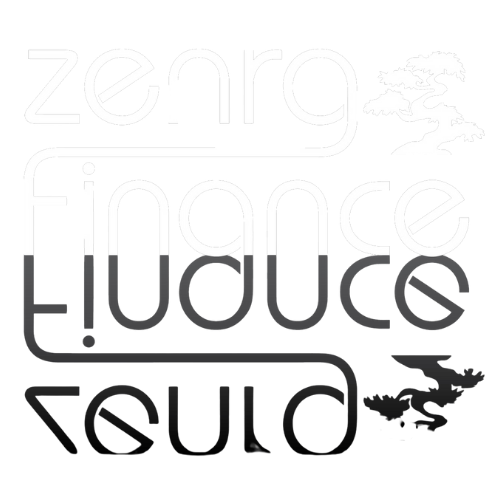Mortgage Rates and Housing Prices By Allen Chan
What’s the outlook for Australian housing prices and mortgage rates for 2022 and beyond?
It’s the question on everyone’s lips during the first quarter of the year, and for good reasons too. If you’re a homeowner or someone thinking of buying within the next 12 months, these market forecasts may provide the important data that influences your next move.
A house price turning point in mid-2022?
While the major four banks originally predicted the house price rise to slow later this year—in partnership with the Reserve Bank of Australia raising the cash rate—experts are now predicting this will happen much sooner. As we recently brought to your attention, a rate hike could be announced as early as May.
Economists have also predicted a 3% increase in house prices in 2022, followed by a 10% drop in 2023. These price changes would follow a 22% increase in national pricing last year. This would counteract increases experienced in early-2022, resulting in a year-end price level that is basically unchanged.
What does this mean for mortgage repayments?
Mortgage repayments would increase by 29% from their present level if the discount variable mortgage rate rises by 2.15% to 5.60%, as projected by the market.
Monthly mortgage repayments on the average priced Australian property will jump from $2599 in February 2022 to $3344, which is a $744 increase.
The typical monthly repayments for a Sydney home buyer would increase by a staggering $1141, while Melbourne home buyers would experience an increase of $818 on average.
The impact would be considerably greater for the roughly $500 billion in fixed-rate mortgages that are set to expire over the next two years, the majority of which were obtained at rates below 2.5%. When it comes time to refinance, those borrowers will see their mortgage rates more than double.
Interestingly, a 29% rise in monthly mortgage repayments would lift Australia's Debt Servicing Ratio (the percentage of household disposable income allocated towards principal and interest debt repayments) to its highest level since the Global Financial Crisis 14 years ago.
So, when is the best time to buy?
The "time to purchase a dwelling" index declined 7.7% last month to 78.3, with NSW seeing the biggest drop. The national index has dropped 40.6% since its peak in November 2020 and is now at its lowest level since February 2008, when it hit 67. It's also significantly lower than the 90-95 level recorded during the previous economic downturn in 2017-2018. To put this into perspective, when the "time to purchase a dwelling" index falls below 100, many take this as a sign that it’s not the optimal time to buy.
And while a large number of home buyers are struggling to meet the market due to affordability constraints, rapid price growth, and rising mortgage rates, there is some light.
Real estate professionals are still seeing demand from certain buyers—particularly purchasers who have a decent amount of equity in their homes and want to buy investment properties for their retirement, as well as upgraders and first-time buyers looking to move out of their family homes or cease renting.
These buyers are aware that the market has slowed a little and believe that now is a good time to go against the grain and take advantage of potential opportunities.
Which areas should buyers be paying close attention to in 2022?
Real Estate data identified the locations in NSW that have shown significant buyer demand and price rise in recent months, indicating chances for investors and owner occupiers to buy in growing markets.
These include:
Burraneer, Sutherland Shire
Abbotsbury, Southwest Sydney
Farmborough Heights, Wollongong
North Avoca, Central Coast
Kanahooka, Wollongong
Bronte, Eastern Suburbs
Sylvania Waters, Sutherland Shire
Bulli, Wollongong
Kareela, Sutherland Shire
Lake Heights, Wollongong
A look at what 2023 and 2024 have in store
With this year's above-trend growth, we can expect unemployment to fall, leading to increased pay growth and more stable inflation. The RBA would then start normalising rates in November 2022, followed by a steady run of rate rises in 2023 and 2024.
Australian home prices, which include both detached houses and apartments, are expected to fall by 9.3% in 2023 when measured by capital city averages. Experts anticipate that Sydney and Melbourne will decrease the most in 2023 (both down 11.4%), followed by Perth (down 8.1%) and Brisbane (down 6.4%).
If you’re worried about what interest rate rises might mean for your monthly budget, feel free to get in touch with us today. Together, we can explore your various options, which could include refinancing or locking in a fixed rate ahead of any other future RBA cash rate hikes.
Need some help with your a home loan?
Our mortgage brokers are available to help you. Enquire now.
Disclaimer: The content of this article is general in nature and is presented for informative purposes. It is not intended to constitute tax or financial advice, whether general or personal nor is it intended to imply any recommendation or opinion about a financial product. It does not take into consideration your personal situation and may not be relevant to circumstances. Before taking any action, consider your own particular circumstances and seek professional advice. This content is protected by copyright laws and various other intellectual property laws. It is not to be modified, reproduced or republished without prior written consent.

